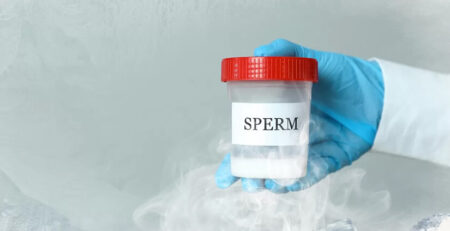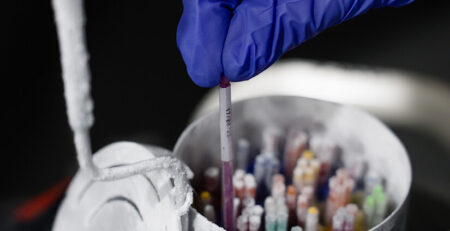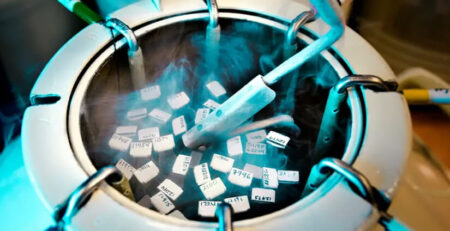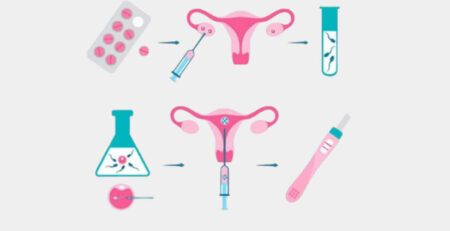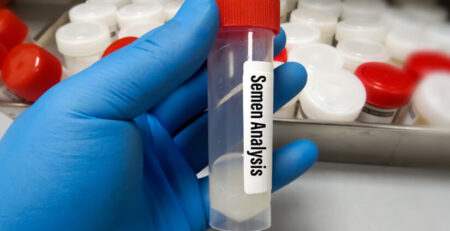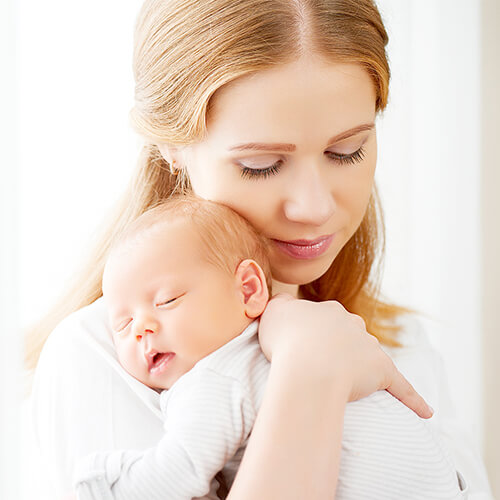The embryos are surrounded and protected by an outer glycoprotein shell called the zonapellucida. Normally when the embryo reaches the uterus for implantation, the zona layer dissolves partially and the embryo is hatched allowing the embryo to implant in the uterus.
In some cases, the zona layer hardens & thickens, making it difficult for the embryo to hatch and implant in the uterus. This condition is sometimes believed to be the cause of infertility in women as the embryo can only implant itself in the endometrial layer of the uterus once it is hatched.
Laser-assisted hatching is a process that helps the embryo to hatch from the zone and is carried out in the laboratory before the embryos are transferred to the uterus.
With laser-assisted hatching, a selected portion of the zona is targeted with controlled laser pulse which makes it easier for the embryo to hatch and implant, thus increasing the chances of a successful pregnancy.
Who is assisted hatching suitable for women:
- Who are over 35 years of age
- Who have embryos with thickened zonapellucida
- With poor quality embryos
- With previously failed IVF Cycles
- Who are undergoing transfer with frozen-thawed embryos.

